Staying overnight in the wilderness is something that requires us to find a way of procuring ourselves with warmth, light, and opportunities to prepare some food. Prehistoric people have been troubled for thousands of years until they figured out how to start a campfire.
This, essentially, was a skill which moved the ancient human community towards a further development of culture and civilization. Today, people no longer depend on bonfires, but camping in the back country limits our technological readiness close to that of the cavemen, calling for a well lit, effective and overall safe campfire.
Just like the prehistoric people, those who stay in the outdoors at night like to gather around the fire and spend the whole evening around that source of warmth and light. Properly placing the campfire is the first thing you need to think about. Some campsites have reserved areas for lighting fires, some don’t.
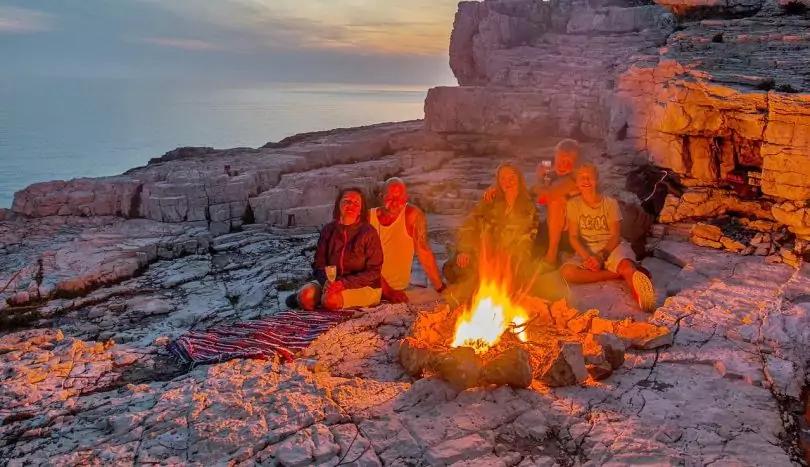
But if you’re not going to a campsite, but instead to a locale rarely occupied and used by humans, it is needed to know where exactly to light a fire without any risks. Once you go to a campsite, ask the local ranger or the camp staff about whether you can start a fire, whether there are some specially designated areas and fireplaces, and check which ways of fueling the campfire are allowed.
Things to Keep an Eye on Before Starting the Fire
To start a campfire in a campsite without any supporting infrastructure, one needs to find an area of bare dirt which is at least 20 feet wide. Look for spots with signs of recent campfires, if someone burned a campfire several days ago, why not just use that same place? It is likely well prepared and without any flammable materials remaining from the previous campfires, though it requires basic checks.
Look for any plants that could be growing nearby. Also, look around and above to see if there are any trees with branches close to it. Other safety precautions are also needed, especially if you don’t find enough barren land.
- Bring a bucket of water or two. Hold it at a safe distance from water, but close to someone’s reach so one can react quickly in case the fire goes out of control.
- A shovel. It is needed to dig out some dirt when the fire appears to be excessive. It would also be useful for putting out the fire.
- Sand (optional) would be good if the area is already sandy or exposed to sand from nearby dunes or beaches. It is not appropriate to use the sand when in an area where it is not naturally present.
- Never use fire extinguishers or any other equipment which would release artificial compounds.
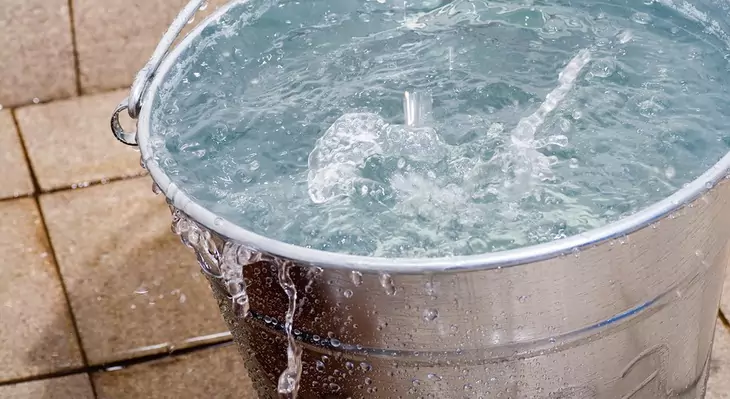
Weather
This is the last thing you need to check before making any campfire decisions. While we know rain, snow and overall wet conditions will prevent us from lighting a fire, the wind is much more of a risk. If it is likely to wind in the area where you’re going to stay, maybe it is better not to start any campfires unless it has a vast area of barren land or sand. Winds can blow the fires much more efficiently than we think, and if you’re inexperienced, there will be a high risk of causing a forest fire or burning the tent and the equipment.
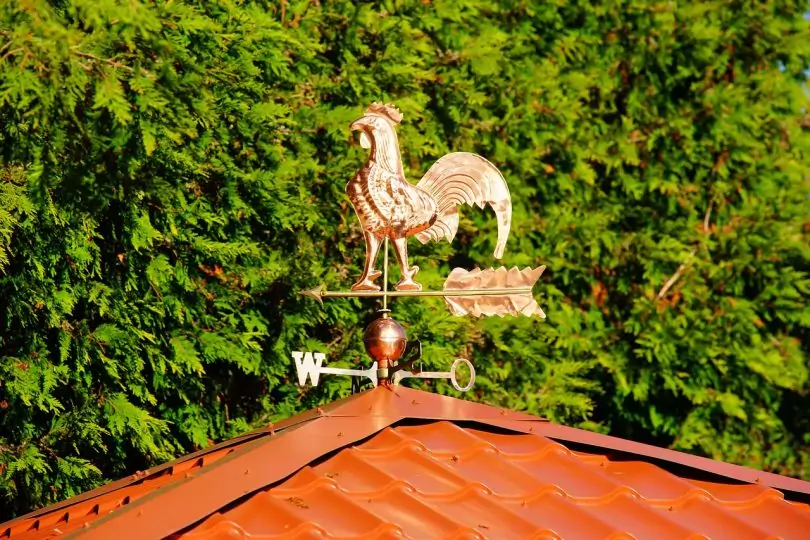
Tinder and Kindling
While firewood is the core fuel for your campfire, tinder and kindling are materials used to make enough heat and make any firewood catch fire. Tinder is something very light, fluffy, dry, and flammable. It can be grass, weed, oak leaves, tree bark, some species of mushrooms. That is what is best for use in campsites. The paper should be avoided, especially newspaper and other printed materials you’d discard since it contains lead and other highly harmful materials.
Any products containing petroleum, such as some kinds of lighter cubes should be avoided too. On the contrary, environmentally-friendly lighter cubes that contain no gasoline, plastic and other petroleum-based materials would be ideal.

Kindling is what tinder needs to ignite, should it burn enough time to make the firewood catch the fire. Kindling is usually dried out wood of any kind, dry tree bark, cedar bark, small twigs. These need to provide for at least several minutes of flame, which is usually enough for most firewood to start burning.
Firewood
Unlike tinder and kindling, which in many cases can be picked up on the campsite freely, firewood is what you usually need to bring with yourself. Before going to a campfire or wilderness, check if there are any rules and regulations regarding firewood.
In most places, you will not be allowed to cut local trees or branches, in and around campsites that would lead to a quick deforestation. You won’t be able to use dead trees or branches either, even if there are some next to where you’re lighting the fire. Deadwood plays an important role in the biological regeneration of our forests. Some places, however, would allow limited use of local dead wood in certain periods and even then you would be limited to the amount of wood allowed by the rangers.
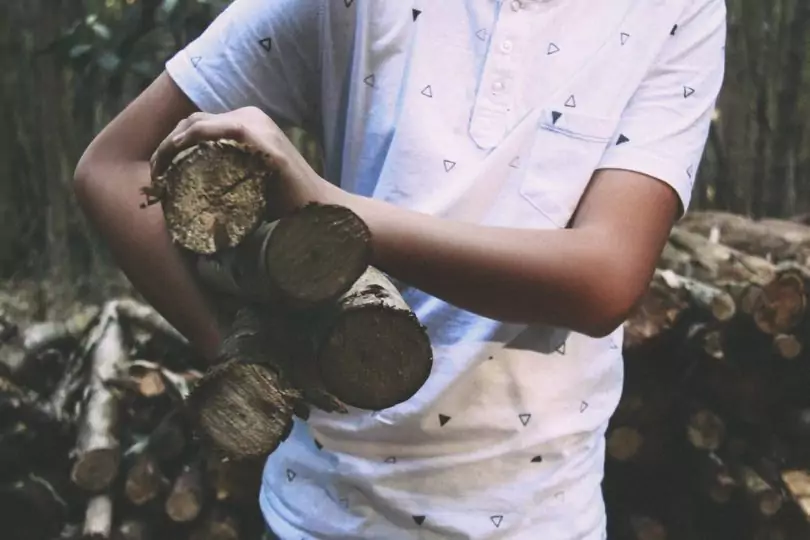
Firewood regulations may be federal, state, local, as well as internal campsite “house rules”. These regulations define the possibility of bringing wood from the outside, amounts, and types of allowed firewood as well as where to place a fire bed. Some locations, such as national and state parks usually don’t allow firewood to be brought from outside of it.
Brought firewood can contain non-native and invasive species of plants, insects, and microscopic organisms. Most such parks would sell you their own local firewood stockpiled through a controlled process of forest exploitation. The good news is that in most cases, firewood is sold at amarket or below-market prices.
The best is if the campsite, park or forest you chose offers some way of contacting or provide firewood information on their website. This way you will only learn what you need to know quickly and be sure you would not breach any regulations unintentionally. Many campfires sell their own wood, kindling, and tinder, which is environmentally friendly and cut to sizes ideal for maintaining a campfire.
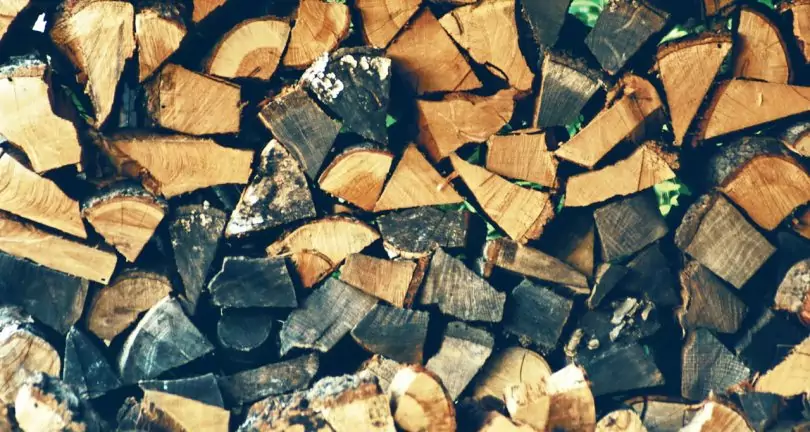
For reasons of keeping their biodiversity safe from invasive species, some states prohibit bringing firewood from other states. Some others do allow bringing bundled and stamped USDA certified clean wood.
Building the Fire
Now you have a good location, and all three types of fuel: tinder, kindling, and firewood. Before you commence with building the campfire, make sure the place is cleared of any flammable debris such as leaves, paper, dried grass. If there are ashes, charcoal and any other traces of previous fires. The clean floor will allow better air flow, which is essential for proper campfire combustion.
Dig a shallow hole in the place where you want to put the fuel. The hole needs not to be too deep, and it should be large enough to keep the fuel pieces together. Put the excess dirt close to the hole, you will need it in the case of emergency and as an additional aid for putting it out.
This way you created a fire bed. The role of it is to protect ultralight materials you use as tinder from winding out, while the kindling and firewood will not fall aside, keeping all pieces of the fuel together.
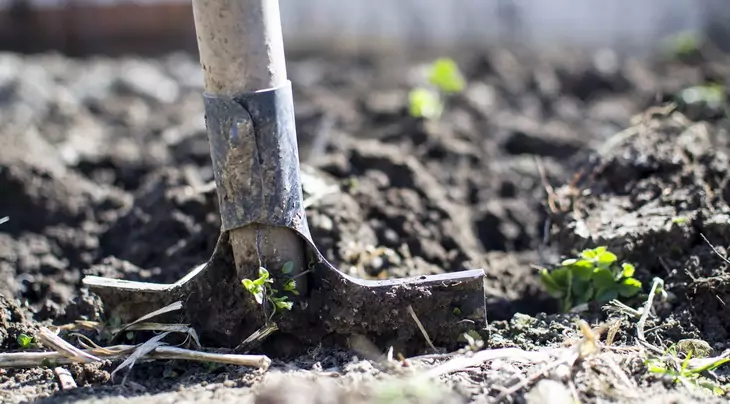
Tinder needs to be handled with a great care. Avoid using very lightweight materials which can be moved by the air flow, not only that of wind, but also from movies of your hand when building the fire. You can squeeze tinder in your hand to make it into heavier balls.
Dried grass is ideal as tinder, it is intertwined, highly flammable and fluffy allowing a plenty of air to get through. It is also fully environmentally friendly and can be found in many campsites, especially during summer. The best alternative to dried grass is environmentally-friendly kinds of starter cubes.
Tinder always goes first. Make sure you put enough of it. Kindling goes over the tinder, and proper orientation of kindling materials, especially if it is in long pieces such as wooden sticks or bark – is essential for letting the firewood catch on. Tinder usually burns out after some 10-15 seconds in most cases, so you need to make sure kindling is dry and has a good ventilation.

Try to build a pyramid-like structure around the tinder bed. Do not align pieces of kindling towards the same direction, for catching fire quickly a good ventilation is of major importance. A properly set kindling will certainly catch on fire and keep burning for several minutes, which is enough for most kinds of firewood to start burning.
In the beginning, it is not good to put many pieces of firewood.
Campfire Building Styles
A campfire can have various purposes. Depending on whether you need a lasting fire, a fire for cooking or a multi-purpose campfire, you can choose from four styles of arranging the kindling and firewood around the tinder bed.
The teepee Fire
Teepee is the most common arrangement of kindling wood. Its shape resembles the conical tents of Native Americans, hence the name. The teepee is built in two phases. The first phase is making the cone of kindling around the tinder bed and lighting it. The second phase is placing the pieces of firewood in the same arrangement one or two minutes after setting the kindling on fire. Teepee catches on fire quickly and is ideal for cooking.
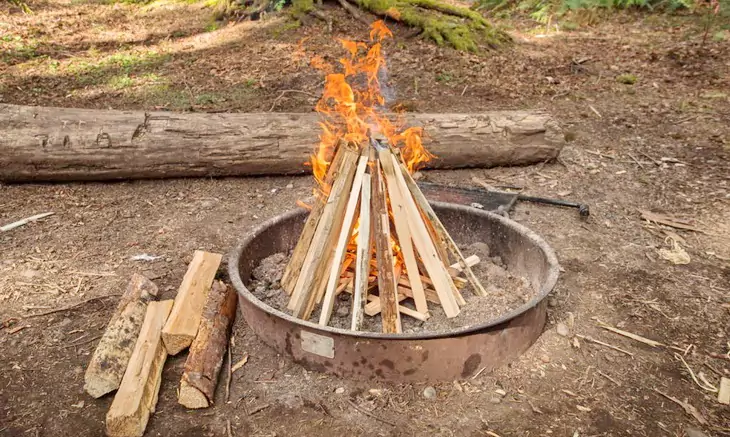
Cross Fire
Instead of making a conical structure of kindling over the tinder bed, you just lie the kindling over the tinder in a crisscross arrangement horizontally. Once it catches on fire, add the firewood gradually. This style may require a bit more space than a teepee fire meant for starting long lasting fires.
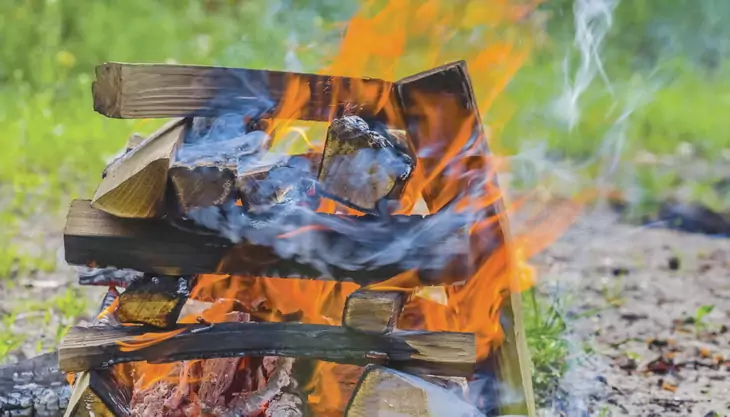
Lean-To Fire
Stick a couple of kindling sticks into the ground at a certain degree over the tinder bed. Put several smaller pieces of kindling directly on the tinder, so you can form a tent-looking structure and start the fire. As the fire catches on, add more pieces of kindling and later firewood. This style is ideal for those who have never built campfires before, as there is little risk of dying out. This style is also good for cooking.
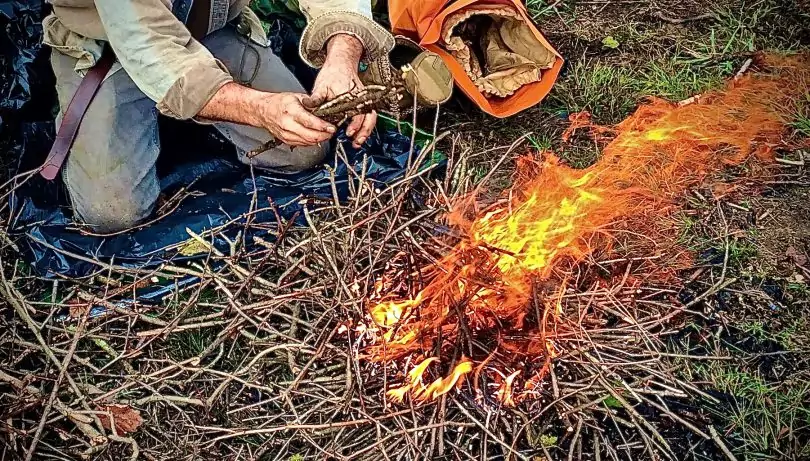
Log Cabin Fire
The Log Cabin arrangement is the secret behind those large and bright, elegant campfires around which people don’t have to perform much legwork to keep these as such. The core of such a fire is a teepee or crossfire type of kindling arrangement (the teepee is highly preferred) over the tinder.
Around that structure, you need to make a log cabin like structure. Put two logs on either side of the structure, aligning in the same direction. The third log would connect the two log ends that are on the same side – the one which is upwind. The downwind side remains open.
Now build a cube-like structure, putting sets of several parallel aligned pieces of firewood, and put several such sets one over another. The number of pieces on every “floor” or set should not exceed five. Add smaller pieces with every new floor. Make some space between each piece of wood to allow better air flow. This style requires plenty of firewood in the beginning, but once started it will give a good brightness and warmth for a long time without adding much new wood.
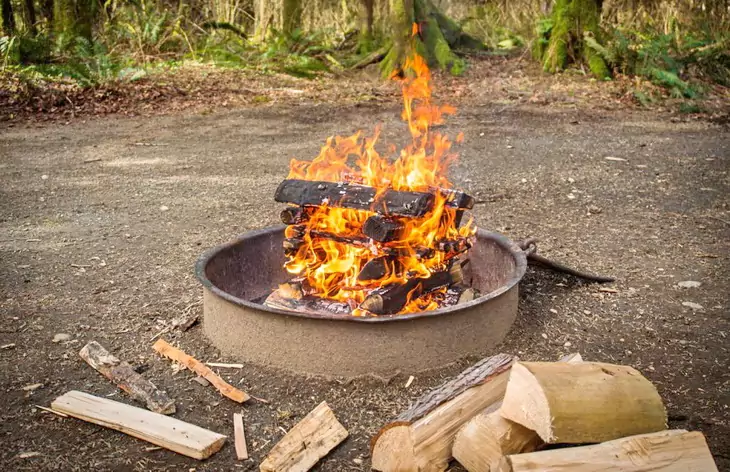
Making Sure the Fire Will Catch On
The certainty that your campfire will catch on without much hassle, depends on materials used. All materials need to burn enough time should the next material catch on. The critical connection is that between the kindling and the firewood. Some types of wood don’t catch fire easily and should be rather used for keeping an already lit campfire. To pick the best fire starter sticks, check out our article on the topic.
Some of the best woods for starting a fire include ash, beech, birch, hornbeam, hazel, and yew. Woods that are better kept at a later stage when the campfire is lit and it is just needed to keep as such is oak, apple, plum, acacia, and cedar.
Avoid plane and spruce, these burn very well, but cast a plenty of sparks, which is perhaps the last thing you want to see in your base camp. Check with the campsite staff or rangers which woods would be most suitable for you to pack. The best is to bring two kinds of wood – one that burns quickly and catches on easily and the other one that burns slowly.
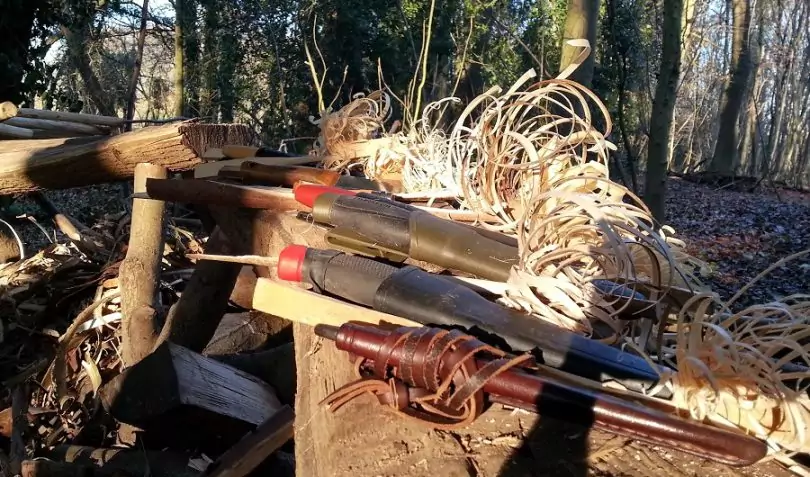
Coal can be used in most areas, but for many reasons, it is better to stay away from it. Coal produces more pollution, releases poisonous compounds such as carbon monoxide or sulfur for the same amount of energy burnt than wood, it is dirty and often smells bad. Some people consider quality coal more convenient for keeping the fire burn longer. Most types of coal produce more ash and other debris when burnt out.
Never use any liquid fuels to aid in starting the fire. Gasoline, alcohol, kerosene, various oils and other liquid products which come with a “Flammable” warning sign are not meant to help people starting fires. The flaming power of the most of such substances is much greater than that of tinder and kindling, so once started, a fire aided by these would be hard to control. Also, mind that most flammable liquid products are not environmentally-friendly, while some are poisonous and dangerous.
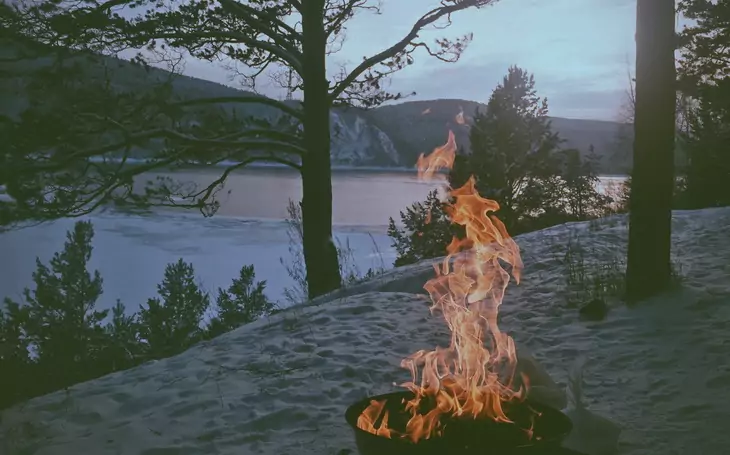
Never use materials that you’d discarded or wasted, such as packaging of food. Plastics, rubber, bags and similar. Even if the discarded food packaging looks just like any cardboard box, it may still contain some materials which are meant to preserve or keep the contents but can be harmful or dangerous when exposed to open flame.
Ignition
To ignite a campfire or any other outdoor bonfire, you can use safety matches of any kind, but look for those extra long ones which increase the likelihood the tinder and kindling would catch the fire on. See our article on how to waterproof your matches to make sure they ignite even when damp. A long neck lighter is a great alternative. The best ignition device so far is a flex neck lighter you can pour into the tinder bed and light until it catches the fire on safely. If you need to purchase lighters, see our reviews on the best survival lighters to help you start a fire.
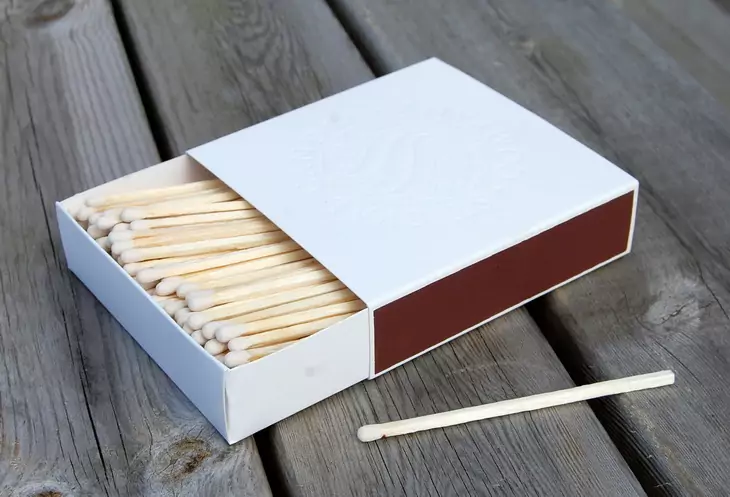
Fire Dies Out
If it happens that your fire dies out for whatever reason, don’t rush to stuffing it with tinder and kindling materials. Patiently allow it to chill a bit. Even if the fire appears to be dead, it might be still alive. Some types of wood don’t burn in flame, instead, they just glow slowly until the heat burns it down. Acacia is one such example, but many other things people mistakenly use as initial firewood or kindling has slow burning properties like that.
On the occasion your campfire is dying out, you should rather start a new one at least several yards away from it. Dig a new fire hole and use new tinder, kindling, and wood. Do not use any unburnt fuel from the fire to start a new one. Use it only when the new fire has caught on the firewood.

If the fire that died out doesn’t seem to have much useful burning material, spill the water over it to make sure it will not catch on when you don’t need it and clean the debris.
The Bottom Line
Starting a fire requires a certain level of skill and knowledge, in particular, knowledge of flammable materials, their use and safety. But don’t be afraid, people have been starting bonfires and campfires since prehistory. The techniques and technology used to start a campfire described above do help a lot. If you know how to light a barbecue fire you will probably have no problems starting a bonfire.
Take care of proper selection of kindling and firewood. If some of the wood mentioned in this article is not available in your area or is forbidden to use in the campsite you’re going to visit, consult with local staff or administration about the best alternatives offered. In any case, by respecting the recommendations from this article, starting a campfire will be a breeze and you will stay safe from wildfires and other hazards.
See our techniques on how to build a fire in camp in our must-read article, so check it out.

If you found our article useful and interesting, feel free to share it with your friends on social media. Also, if you have your own thoughts on this topic, leave a comment in the comments section, where you can also ask questions if you have any, and we will be more than glad to answer you as soon as possible.

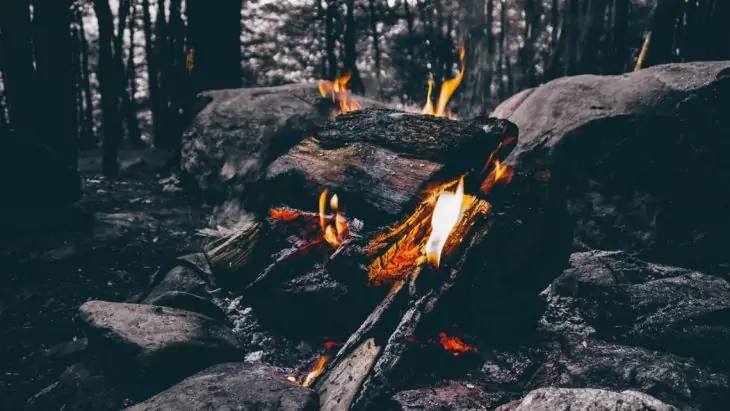
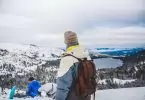
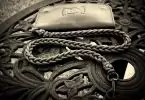
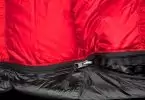

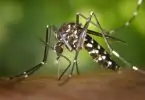

This is where I struggle all the time. I did not knew the exact method of starting a campfire and I did with my own knowledge. I am using normal match boxes all the times. Is there any other alternatives than using matches?
Try a lighter or a windproof lighter. You can also try the old fashioned method with a magnifying glass!
Really great attention to environmentally-friendly practices. This will be a great guide for when I take my kids out camping and teach them to start a fire safely. I’m curious about why people shouldn’t start a new campfire with the remains of their dying campfire, can you elaborate on that?
The fire will not get as hot.